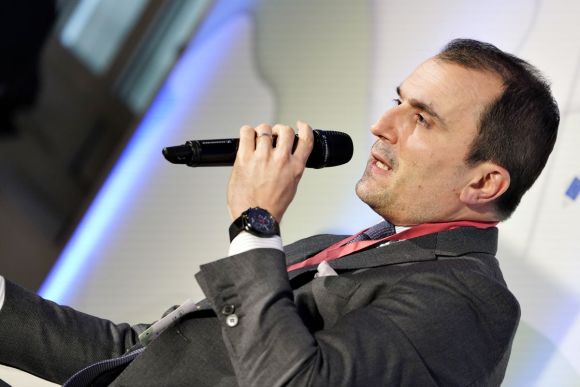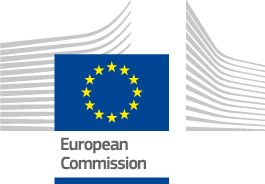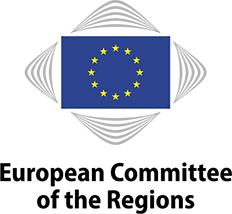
Have you ever wondered how the centuries-old school in your town has become modern again, why your country has new equipment in healthcare institutions or schools and how such projects are implemented? These and many other questions can be answered by EU Cohesion and Regional development policy. Explaining what it will look like after 2020 was the task for Anguel Beremliysky, who works for DG Regio as a project manager in the European Commission.
During the conference "Post-2020 budget and cohesion policy proposals: state of play" on Wednesday during the EU Regions Week, Beremliysky cited the President of the European Commission Ursula von der Leyen, who believes that Europe’s moment has come. "These investments will not only preserve the outstanding achievements of the last 70 years but will ensure that our Union is climate-neutral, digital, social and a strong global player. This is Europe’s moment.”
The speaker explained the changes that will happen as we come to the end of the EU's current seven-year Multiannual Financial Framework and what Cohesion and Regional policy will look like under review: "The eleven thematic objectives used in 2014-2020 cohesion policy have been replaced by five policy objectives for the strands we use to distribute cohesion funds: ERDF (European Regional Development Fund), ESF+ (European Social Fund Plus), the Cohesion Fund and the EMFF (European Maritime and Fisheries Fund). The European Social Fund, one of the two Structural Funds, remains an important part of Cohesion policy and the proposal on the ESF+, COM (2018) falls under the responsibility of the Committee on Employment and Social Affairs".
According to Anguel Beremliysky, there is no need to worry, because funding remains and the former priorities are replaced by new ones: "The five new policy objectives are very important in the current situation. We are focussing on five investment priorities where the EU is best placed to deliver.”
These new priorities are:
- A smarter Europe, through innovation, digitisation, economic transformation and support to small and medium-sized businesses;
- A greener, carbon-free Europe, implementing the Paris Agreement and investing in energy transition, renewables and the fight against climate change;
- A more connected Europe, with strategic transport and digital networks;
- A more social Europe, delivering on the European Pillar of Social Rights and supporting quality employment, education, skills, social inclusion and equal access to healthcare;
- A Europe closer to citizens, by supporting locally-led development strategies and sustainable urban development across the EU.
Regional development investments will strongly focus on objectives 1 and 2. 65% to 85% of ERDF and Cohesion Fund resources will be allocated to these priorities, depending on Member States relative wealth.
However, Mr. Beremliysky noted that there are currently countries in the European Union that need even more assistance after the COVID-19 crisis than they had previously received through the fund: "No matter how long this crisis will be, there are serious risks. Not all members can come out of the crisis having the right conditions or possibilities to restore the development they were witnessing before the crises. We need a very ambitious offer to help weaker Member States or regions of the EU - first of all to recover and then to create a stronger economy, also to create resilience for future crises. We should prepare better for those."
He also explained the new program React-EU: "The idea is to have additional funding in 2020-2022 for the current programs. It will go through the normal system. We are making sure that no one is left behind in the current situation. We will offer more recovery facilities during this crucial time."
The speaker said that the allocation method for the funds is still largely based on GDP per capita, but there are as well new factors which will be taken into account when deciding on the distribution, for example - “youth unemployment, low education level, climate change, and the reception and integration of migrants, to better reflect the reality on the ground."
For those for whom the amount for the following year is important, the representative of the European Commission also issued a possible budget: "What is clear, that the budget should be more than €372.5 billion, but negotiations will start at the early end of November, so in the near future, everything should be clear."
Asked about his assessment of the progress of the budget over the past seven years, the expert did not say much, but expressed a positive opinion: "Progress is more than good".
Cohesion Policy keeps on investing in all regions, with the amount based on the classification of the region into one of three categories (less developed; transition; more developed). The Commission also made available a practical toolkit, which administrations can use to better prepare for future investment programs.
By Lukas Paškevičius, Lithuania



